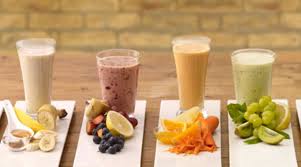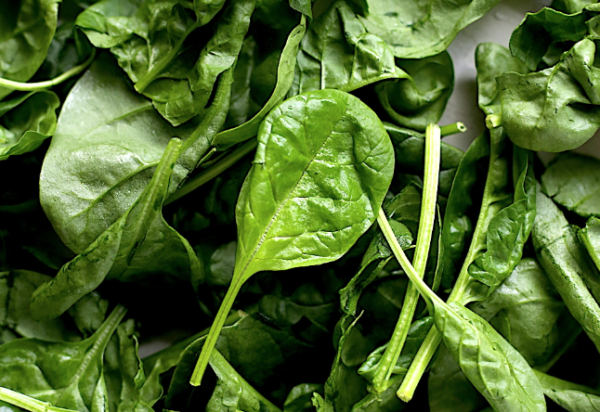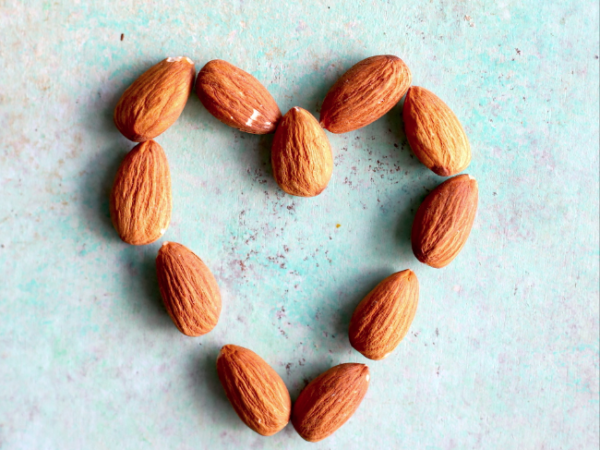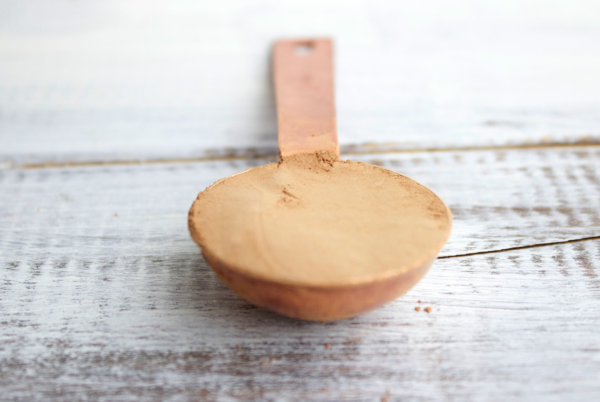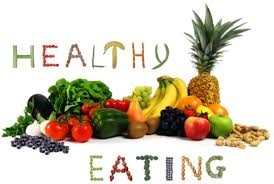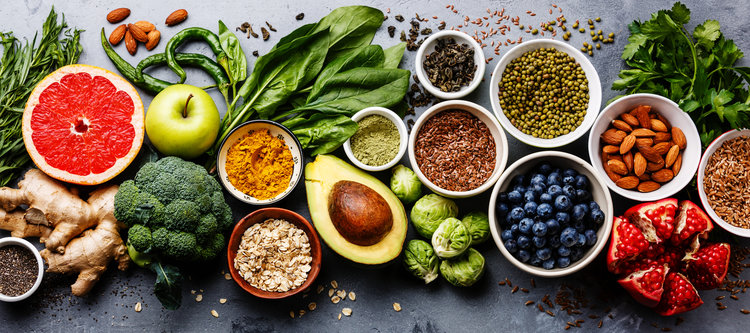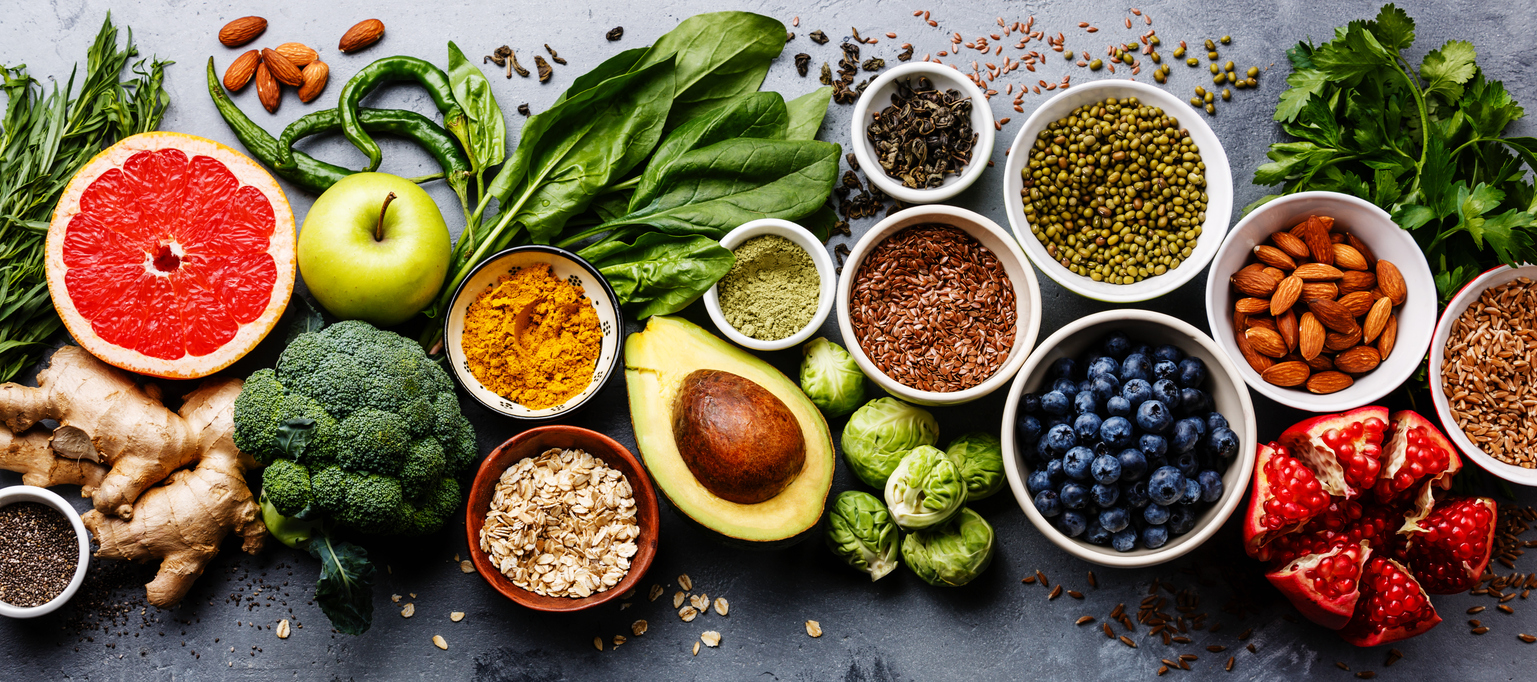Challenge yourself to complete 30 classes in 30 days or 5 classes a week for 4 weeks.
We know its not easy, but committing to a regular practice is life changing and a challenge may be just the way to jump start your motivation! Signing up for the challenge is easy. Stop by the front desk to register or sign up online at https://bikramyoganairobi.com/byn2019challenge.
If you are a member you can take the challenge for free, top up if you would like to take the Transformation Challenge, or put your membership on hold.
Once you register, for the Transformation Challenge you will receive weekly clean eating meal plans, support emails, measurement tracking sheets and access to a private Facebook/ WhatsApp group with the BYN staff, teachers and the director Karim. Still not convinced? Well, here are 10 more reasons you should join either challenge!
1. Be Accountable
When you work with a group, or set a goal “publicly” it helps to keep our eye on the prize. Let us know what your goals are and we will check in with you as the days go by.
2. Feel the benefits of a regular yoga practice
Use this challenge to jump start a regular practice! The more you practice the better the results. 1-2x a week is maintenance. 3+ a week you will feel the benefits a lot quicker. Get stronger, more flexible and reduce stress. This practice will make you want to take care of your body more. Because guess what? If you don’t you will feel it on the mat. And that is okay. This practice is not about the postures but about how you feel outside of the yoga studio too!
3. Its a great way to get started
Even if you have just started with us you can join this challenge. Use these next 30 days to commit to the practice. Dive in. See what its all about. Try different times, different teachers, different classes and see how they feel in your body and mind when you practice FREQUENTLY.
4, Create a long term habit
Once you commit to the next month, you very well may realise that you love the way it makes you feel…and why would you want to stop feeling great?!
5. Be a part of a community
You will be working with a group of like-minded people with similar goals in mind. You will be able to see how everyone else is doing, share your frustrations, celebrate your victories…and hey, a little healthy competition isn’t a bad thing! Can you do this on your own? Of course you can, but your likelihood of success is amplified with just that bit of accountability and group dynamic!
6. Sleep better
You will.
7. Eat better
You will want to because when you don’t, you’ll feel it.
8. Take time for yourself
You deserve to take time for yourself. And you may be surprised at how much more accomplished and focused you feel the rest of the day. You know the routine in an airplane: you put your oxygen mask on first before you help others! Same in life. Self care so you can be a better human in the world!
9. Feel accomplished
You know that great feeling you get when you cross something off your to-do list? There is just something about it! You will feel accomplished every time you get to check off another class that you have completed! You will be inspired by your own discipline.
10. Be a part of something bigger
People have been practicing yoga for a long time. By practicing yoga you are part of a long lineage of folks who have found that yoga will make you feel energised and gain self knowledge. It’s time tested. We know it works. You will too!
For more information on the Challenge see:
https://bikramyoganairobi.com/30-day-yoga-and-transformation-challenge/


